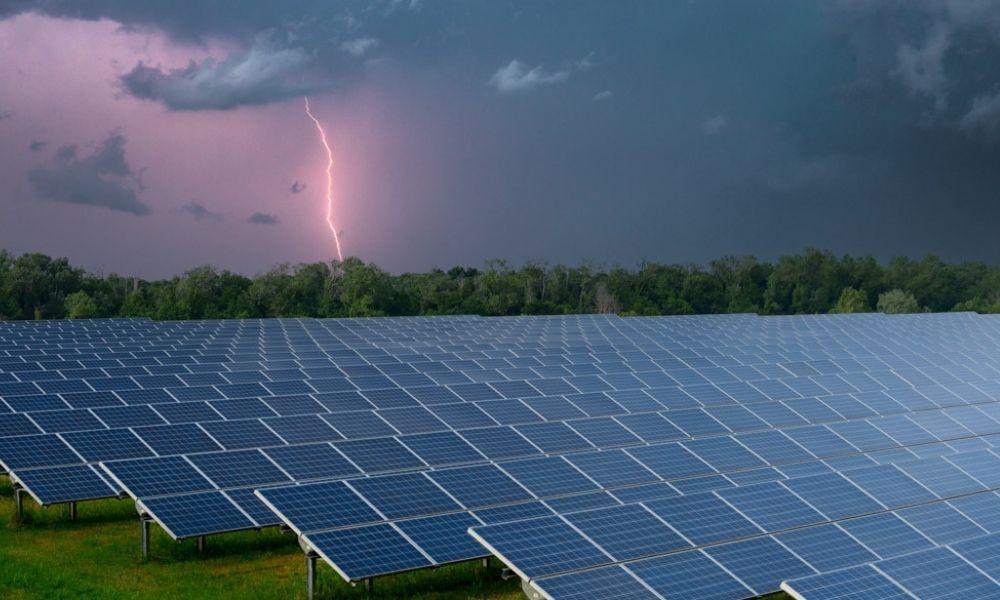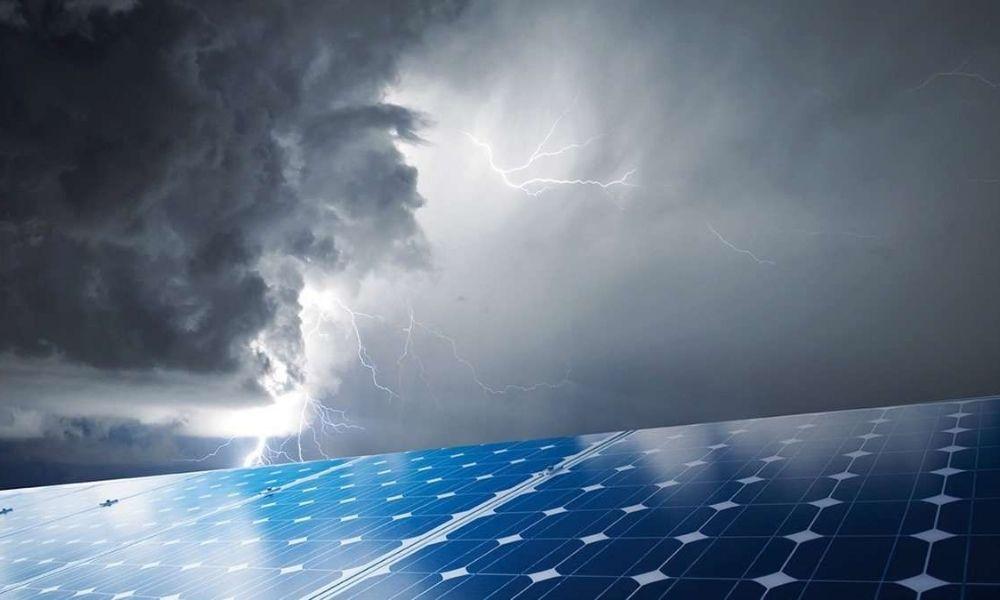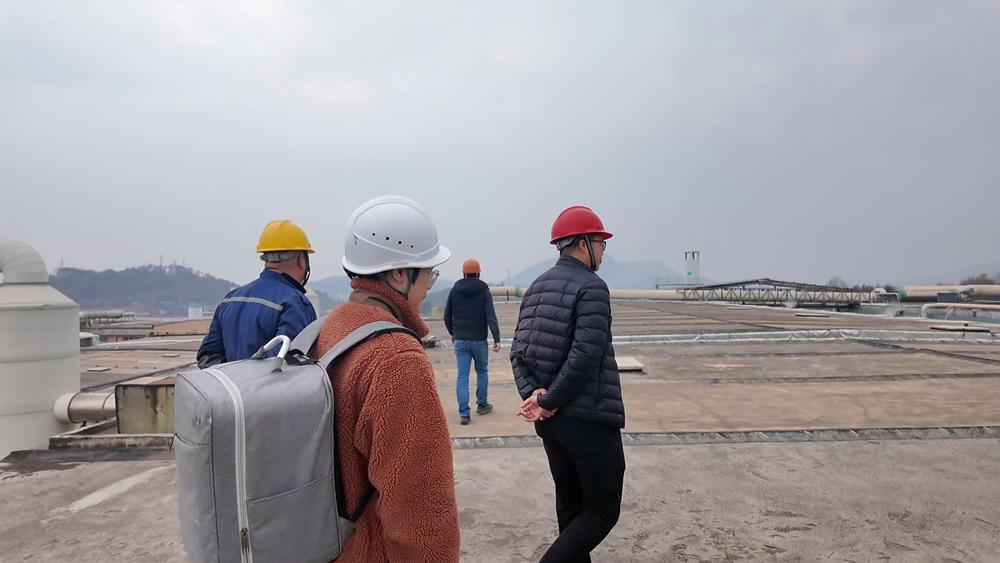How to Protect Solar Farm from Lightning Strikes
The Hazards of Lightning Strikes to Solar Farms

Hazards to Solar Panels
Solar panels are the core parts of a solar system and, at the same time, the highest-value part, converting solar energy into electricity. Its role is to convert the sun's radiant energy into electrical energy, either to be sent to a battery for storage or to drive a load. Their exposed position makes them susceptible to direct lightning strikes, which can generate powerful pulse currents and high temperatures, leading to the paralysis of the entire system.
Hazards to PV Controllers
Solar panels are the core parts of a solar system and, at the same time, the highest-value part, converting solar energy into electricity. Its role is to convert the sun's radiant energy into electrical energy, either to be sent to a battery for storage or to drive a load. Their exposed position makes them susceptible to direct lightning strikes, which can generate powerful pulse currents and high temperatures, leading to the paralysis of the entire system.
Hazards to Batteries
Batteries work by storing electricity when light is available and releasing it when needed. When the system is struck by lightning, lightning strikes can introduce overvoltage to the batteries, which can shorten their lifespan, and they can also possibly cause explosions, leading to fire hazards and injuries.
Hazards to Inverters
The inverter converts the DC electricity from the solar system to AC electricity. If the inverter is damaged, it may result in no voltage input to the user loads, causing equipment to malfunction. Alternatively, the DC voltage from the solar panel is supplied directly to the load, and if the solar panel voltage is too high, it will directly burn out the power-using equipment.
Effective Measures to Prevent Lightning in Solar Farms

As a one-stop solution provider for solar-plus-energy storage plants, we have 16 years of experience in project planning and equipment system integration. We will consider all aspects of the solar farm, preventing in advance problems that may arise at the power station and avoiding damage and injury.
Scientific Planning and Design
The layout and type of lightning protection facilities are determined according to the geographical location of the solar farm, the surrounding environment, and local meteorological conditions. Avoid installing solar panels in open or isolated areas, and try to choose places where there are buildings or trees to serve as shade. In addition, ensure that the tilt angle and direction of the PV array can effectively reduce the possibility of lightning strikes.

Installation of Lightning Grounding System
Solar farms need to be equipped with a comprehensive lightning grounding system, including grounding equipment, grounding bodies, incoming lines, and ground connections. A lightning grounding system can effectively guide lightning into the ground, thereby protecting power plant equipment from damage.
Surge Protective Device
Another effective protection measure is to install surge protective devices (SPD) in solar farms. SPDs protect electrical equipment from transient overvoltage during lightning or other electrical overload events. Ensure SPDs are installed in key areas of the PV system, such as inverters and electric switchboards.
Use Qualified Solar Panels
After professional measurement and analysis of the solar farm, certain materials and parameters are required for the lightning protection system. Selection of qualified solar panels that have passed rigorous testing. These solar panels can be able to withstand certain levels of lightning strikes and surges, reducing the damage of lightning strikes.
Regular Inspection and Maintenance
Every so often, it has to be checked and serviced, which is a good measure of safety. Inspect the ground system's integrity, verify the lightning rod's functionality, and make sure that overvoltage prevention devices work properly. Repair any damaged or rust-worn parts in a quick manner to maintain the system in an operating state.
Timely Lightning Prevention Measures
When encountering severe thunderstorm weather, a timely and scientific way to stop lightning strikes is needed. Ahead of the thunderstorm, there is a need for early warning and timely preventive actions, such as switching off equipment in the solar farm and disconnection from the grid. At the end of a thunderstorm, equipment inspection and repair must follow immediately, as well as maintenance and repair of damaged equipment.
Conclusion
Lightning can cause serious damage to solar farms and electrical equipment. In the lightning protection design of a solar farm, we should choose a reasonable design scheme and take effective measures. Do a good job of lightning protection design of the solar farm. Prevent the damage of direct lightning, inductive lightning, and thunder lightning to solar farm equipment so as to ensure the long-term stable, safe, and reliable operation of solar farms and provide users with high-quality electric energy.